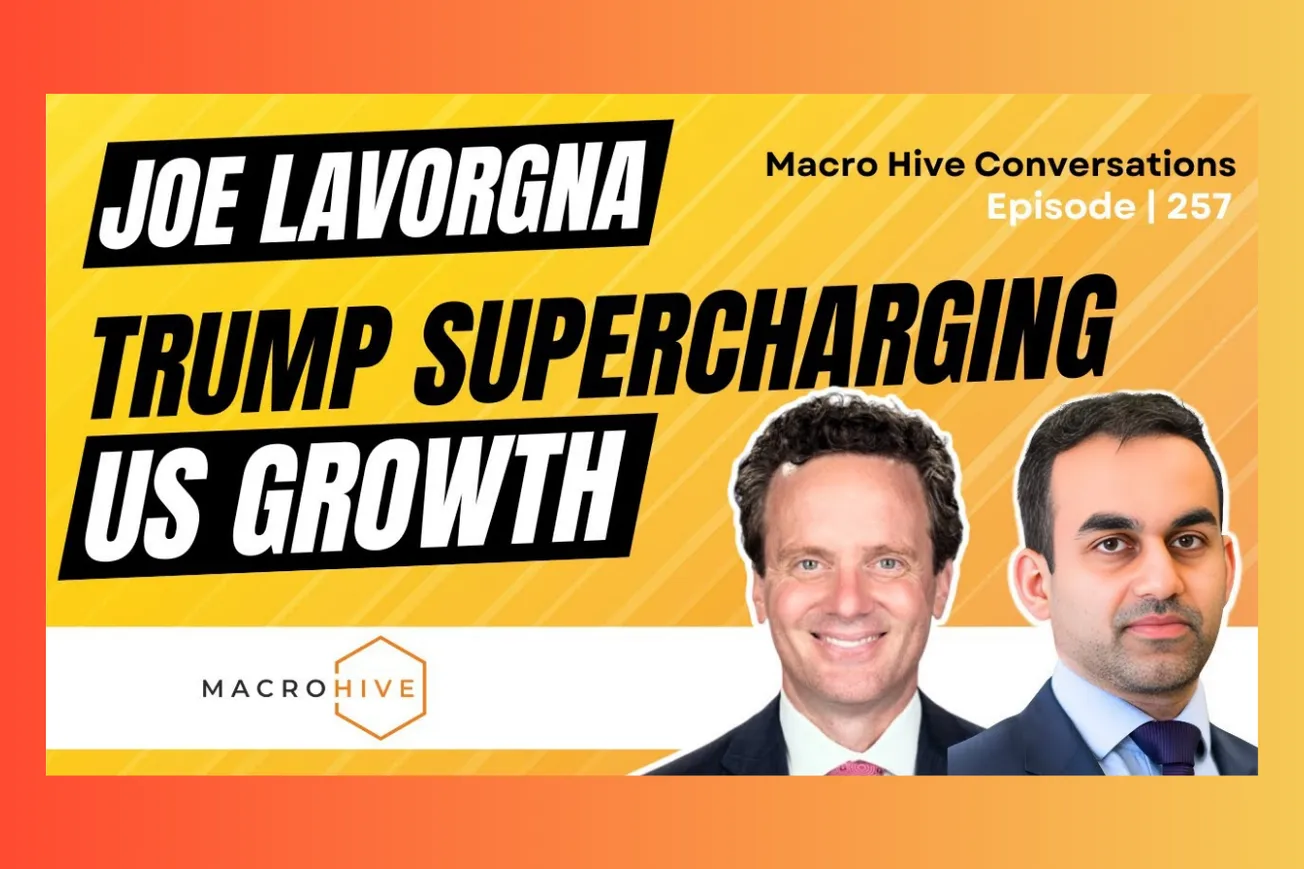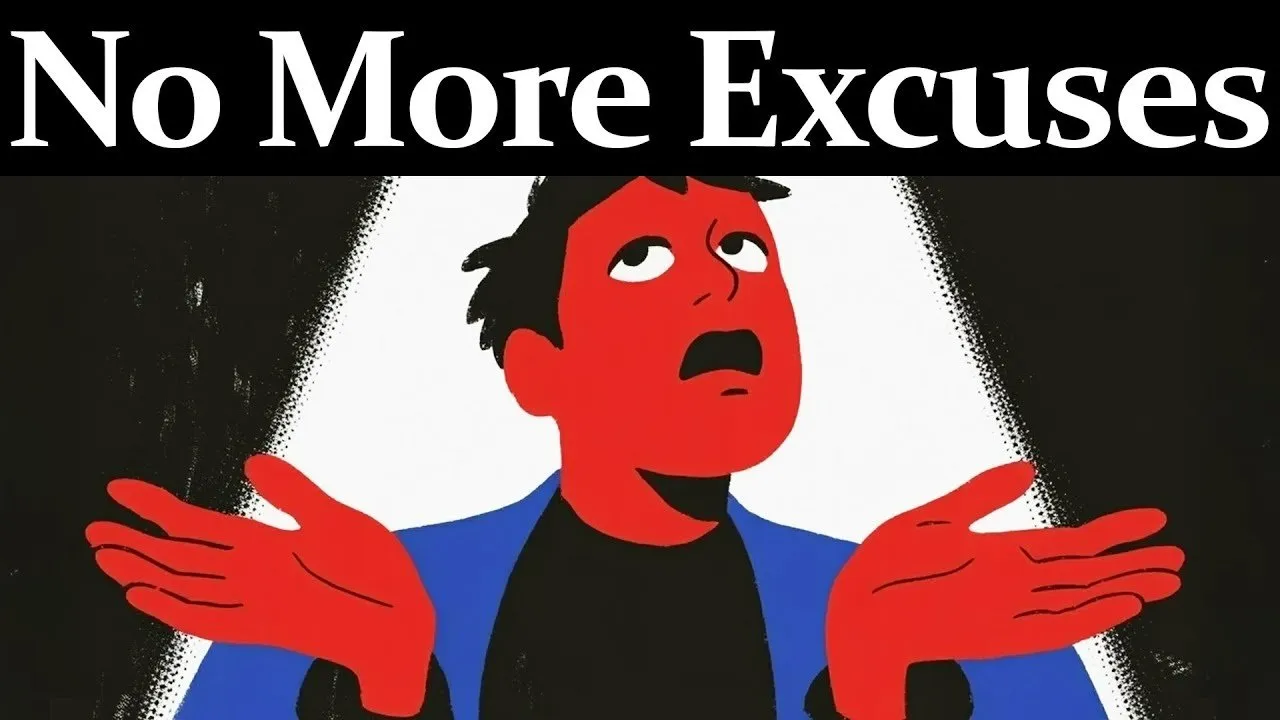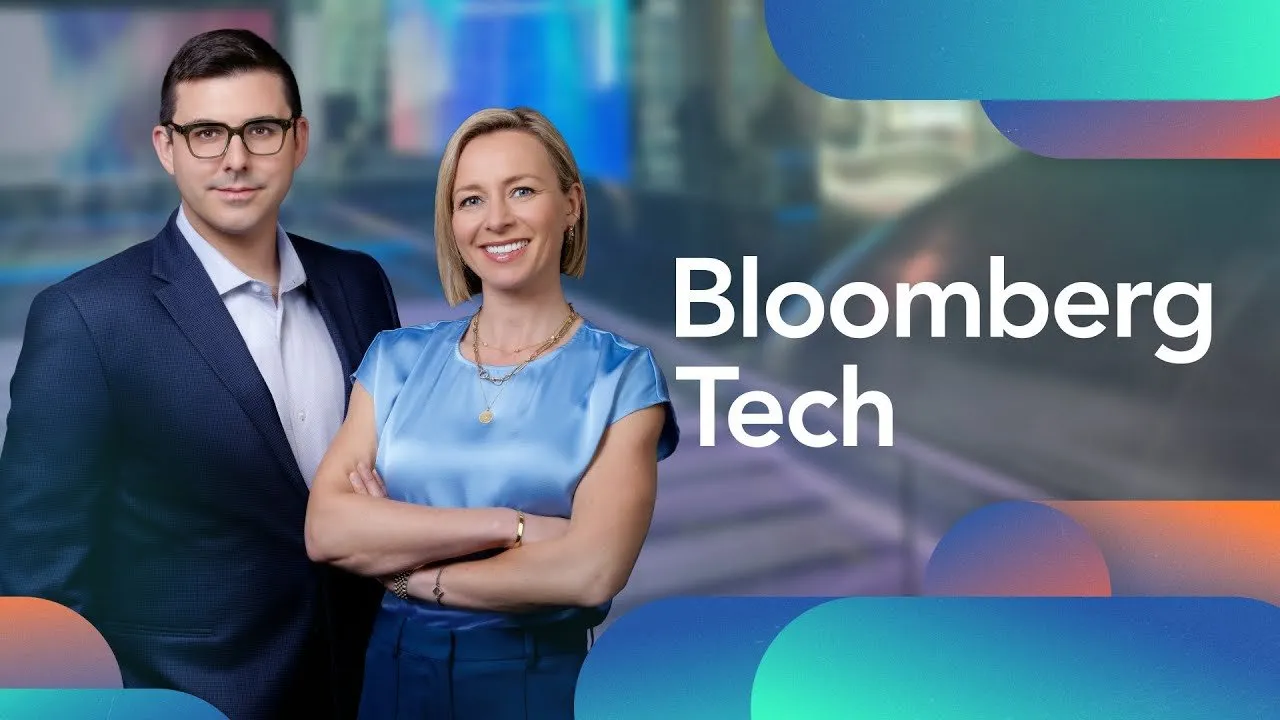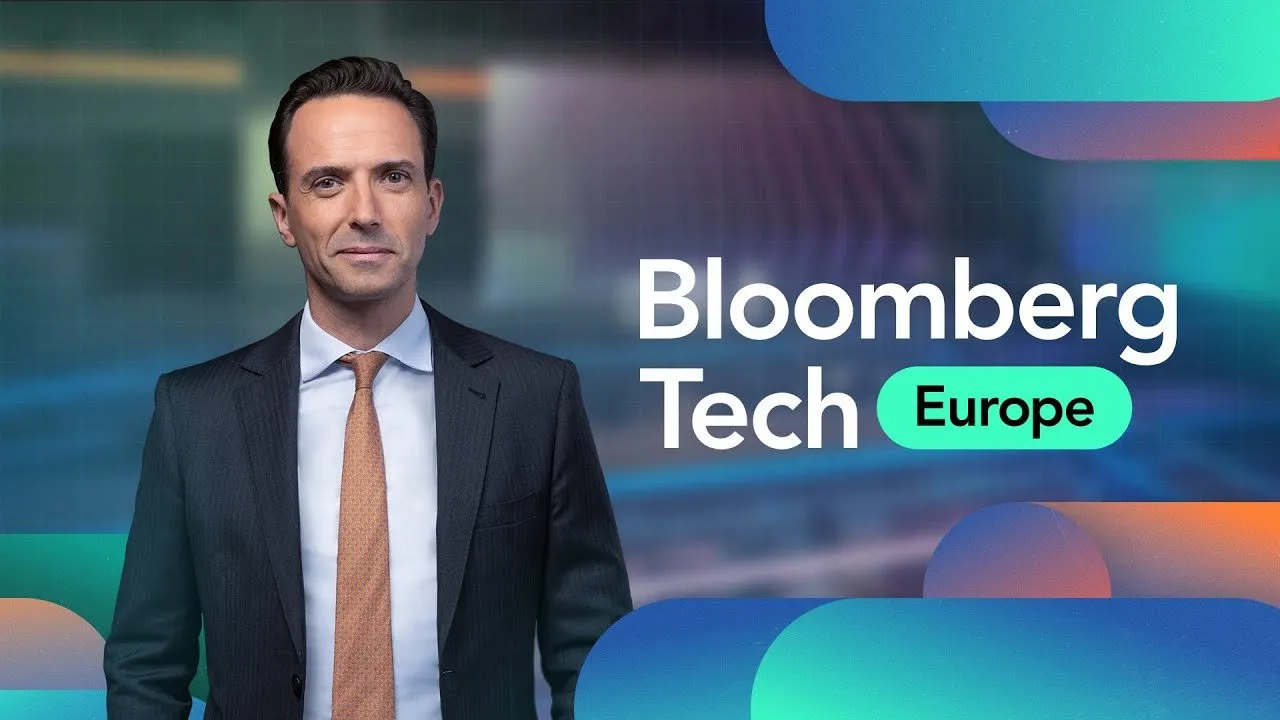Table of Contents
Former Trump administration economist Joe Lavorgna reveals how Trump 2.0's strategic approach differs from the first term and why it could drive unprecedented economic expansion.
Joe Lavorgna, who served in Trump's first administration, provides insider perspective on how Trump 2.0's economic strategy represents a more sophisticated, strategic approach to driving American growth through tariffs, tax policy, and government efficiency reforms.
Key Takeaways
- Trump 2.0 demonstrates significantly more strategic depth and preparation compared to the first administration, with loyalty-focused cabinet appointments
- Tariffs serve three distinct purposes: negotiating leverage, revenue generation, and reindustrialization incentives rather than pure protectionism
- Immigration policy concerns about labor supply disruption are overblown given inconsistent employment data and falling wage pressures
- Federal Reserve rate cuts remain premature with inflation still sticky around 3%, though oil price declines could provide meaningful relief
- Doge efficiency reforms could realistically cut $100-300 billion annually in government waste, fundamentally altering fiscal dynamics
- Global economic weakness outside the US supports disinflationary trends while positioning America for relative outperformance
- GDP growth targets of 3%+ appear achievable through supply-side tax reforms and productivity enhancements
- China faces structural headwinds from export-dependent growth model that lacks domestic consumption balance
Trump Administration Evolution: From Chaos to Strategic Execution
- Trump 2.0 demonstrates remarkable knowledge advancement across foreign policy and geopolitics after four years of presidential experience and four-year reflection period
- The administration now features cabinet members who "buy into his agenda" unlike the first term where loyalty was inconsistent across departments
- Executive order preparation and policy sequencing show dramatically improved organizational capability compared to the perceived chaos of Trump 1.0
- Congressional support has strengthened with more "Trump populists" in both House and Senate, creating enhanced legislative leverage despite narrow majorities
- The president's transactional negotiating style remains unchanged but now operates within a more sophisticated strategic framework
- Media criticism often reflects political bias rather than operational reality, with good ideas finding their way to the top through entrepreneurial decision-making processes
Tariff Strategy: Beyond Simple Protectionism
- Tariffs function as negotiating tools to bring parties like Mexico and Canada to the table on border security and trade issues
- Revenue generation potential reaches $300 billion annually from 10% across-the-board tariffs on $3 trillion of goods imports
- Reindustrialization incentives particularly target high-value sectors like AI and advanced manufacturing to reduce Chinese dependency
- National security considerations drive supply chain diversification away from China following pandemic-exposed vulnerabilities in PPE and pharmaceuticals
- Reciprocal versus tiered approach remains undecided, with 60% China tariffs and 10-20% elsewhere still under consideration
- Economic theory supports targeted tariff usage when aimed at leveling playing fields and protecting nascent industries
- Historical Federal Reserve stance in 2018 treated tariffs as one-time price adjustments rather than inflationary drivers
Labor Markets and Immigration Reality Check
- Establishment survey data showing robust employment growth has been consistently revised downward, questioning the true immigrant labor contribution
- Household survey employment consistently runs below payroll data, suggesting overstatement of actual job creation in recent years
- Labor force participation rates are slowing despite measured immigration increases, indicating complex underlying dynamics
- Wage pressure concerns appear unfounded given falling quits rates, rising job openings, and decelerating employment cost index trends
- Immigration estimates range from 10-15 million people over four years, but their actual labor market integration remains statistically unclear
- Wage growth doesn't drive inflation according to monetary theory, making labor supply concerns less relevant for Fed policy
Inflation Dynamics and Federal Reserve Policy
- Current inflation running around 3% with sticky price components requiring careful Fed navigation through potential rate cuts
- Oil price declines from $75 to $68 West Texas could remove 125-130 basis points from inflation rates if drilling expansion continues
- Supply-side capacity expansion through permanent 100% expensing and shortened permitting processes offers disinflationary potential
- Corporate tax reduction from 21% to 15% for domestic producers would enhance productive capacity and competitive positioning
- Federal Reserve's September 2024 50-basis-point cut was justified, but successive cuts proved imprudent and potentially counterproductive
- Late-year rate cuts remain possible if inflation moderates and oil prices continue declining, with continuation into 2026
- Yield curve normalization should see short rates falling more than long rates as Fed easing progresses
Fiscal Reform Through Government Efficiency
- Government Accountability Office identifies $100-300 billion in annual savings potential through waste, abuse, and fraud elimination
- Doge represents a novel implementation approach that previous administrations discussed but never seriously pursued
- Federal workforce reductions target recent hires who may lack institutional knowledge, potentially improving rather than harming efficiency
- Government GDP share at 6% versus total budget share over 23% reveals massive inefficiency growth over time
- Entitlement programs remain the largest spending component, but even modest fraud reduction provides meaningful fiscal impact
- Ten-year savings projections from $100 billion annual cuts reach $1 trillion, fundamentally altering debt trajectory
- Private sector efficiency gains from government downsizing could offset short-term growth impacts through improved resource allocation
Global Economic Positioning and Outlook
- China's export-led growth model with excessive production and insufficient consumption creates unsustainable capital misallocation patterns
- German industrial production excluding COVID sits at spring 2010 levels due to high energy costs and Chinese competition
- European productivity trends remain "terrible" since the pandemic with limited per capita growth prospects across the continent
- Japan emerges as the bright spot with structural improvements attracting capital and demonstrating real reform progress
- Global disinflationary environment outside the US supports Federal Reserve policy flexibility and domestic growth strategies
- American relative outperformance appears likely given superior productivity trends and strategic policy implementation
- Currency and margin absorption of Chinese tariffs in 2018 suggests similar dynamics possible in current implementation
Common Questions
Q: How do Trump 2.0 policies differ from the first administration?
A: Greater strategic depth, loyal cabinet appointments, and sophisticated policy sequencing replace the perceived chaos of Trump 1.0.
Q: Will tariffs cause significant inflation increases?
A: Tariffs represent one-time price adjustments rather than sustained inflation, with potential currency and margin absorption offsetting consumer impact.
Q: Can Doge actually reduce government spending meaningfully?
A: GAO estimates suggest $100-300 billion in annual waste elimination potential, representing genuine fiscal reform opportunity.
Q: What's the realistic GDP growth target for 2025?
A: 3-3.2% growth appears achievable through supply-side tax reforms and productivity enhancements, building on Trump 1.0's 2.8% average.
Q: How will immigration restrictions affect economic growth?
A: Labor supply concerns are overstated given inconsistent employment data and declining wage pressures across multiple indicators.
Trump 2.0's economic blueprint represents a maturation of populist economic policy into sophisticated strategic implementation. The combination of experienced leadership, loyal cabinet appointments, and lessons learned from the first term creates conditions for sustained growth acceleration through supply-side reforms and government efficiency gains.





